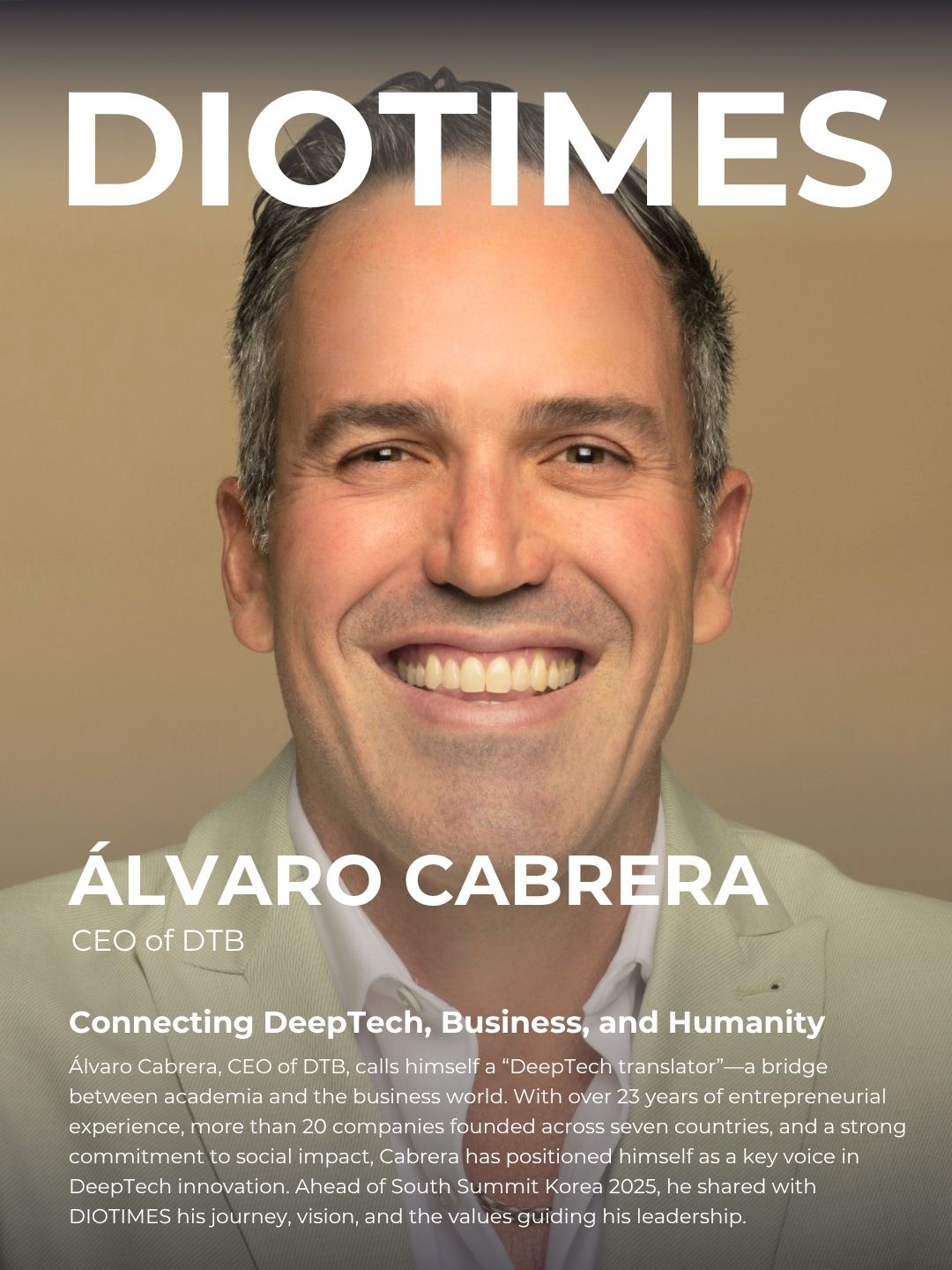A well-nurtured “employfluencer” can be more valuable than ten top performers.
I recall a story from a promising startup CEO I once coached. After a dispute with the company, one employee quit and flooded an anonymous company review site with scathing posts about the firm. According to the CEO, the reviews were filled with distorted facts and the harshest possible comments. Overnight, his company’s reputation was destroyed—it became one of those places “you should never work for.” Even after requesting that the posts be deleted, the situation proved difficult to fix. The departing employee had chosen to unleash their worst experience as an anonymous, public act of revenge.
The term “employfluencer”—a combination of employee and influencer—refers to a worker who positively influences a company’s brand both internally and externally. In today’s hyper-connected world, one loyal employfluencer can arguably be worth more than ten high-performing employees. Unfortunately for that CEO, he had raised a “terrorist,” not an employfluencer.
Why “Employee Experience” Matters More Than Ever
Interest in employee experience (EX) has never been higher. The shift is reminiscent of how brand experience and customer experience became critical in the consumer market after the COVID-19 pandemic. The world has changed—markets, generations (and their values), technology (digital transformation), and even lifestyles. In this rapidly evolving environment, individuals now hold unprecedented power and influence.
Several reasons explain why the results of employee experience have become so vital.
First, talent acquisition. In a labor market dominated by experienced professionals, the gap between top talent and the rest continues to widen. Skilled workers often have multiple offers, and employee experience has become a key factor in their decision-making process.
Second, engagement. Once hired, talented employees seek meaning and enjoyment in their work. Organizations must create an environment that fosters affection and commitment. Like any relationship, affection begins with one side showing genuine care first. When employees find meaning and joy in their work, engagement deepens.
Third, productivity and sustainable growth. With flexible work hours, remote setups, and new governance models, workplaces have become more adaptable than ever. This flexibility may unsettle traditional managers, but if it enhances efficiency and effectiveness, it’s a win. A strong employee experience drives engagement, which in turn boosts productivity and long-term growth.
Lastly, employer branding. Beyond general corporate reputation, companies must now build specific employer brands. Positive employee experience forms the foundation for this brand identity, influencing how future talent perceives the organization.
So, What Should Companies Do?
To manage employee experience effectively, organizations should focus on three key principles rather than trying to do everything at once:
(1) Manage according to the employee’s employment life cycle,
(2) Offer fewer but more meaningful programs at the right time,
(3) Utilize digital systems and outsourcing channels for greater operational efficiency.
1. Manage the full employment life cycle.
Following the employee journey—from hiring to exit—can be more effective than chasing after trendy, flashy programs. Many companies overlook the basics: interview experience, onboarding after acceptance, communication around leave and benefits, performance feedback, and post-review follow-up sessions. The most critical (and riskiest) stage is offboarding—how an organization handles an employee’s departure. This moment often leaves the deepest scars and can turn into the worst employee experience if mishandled.
2. Provide fewer but more meaningful programs.
Instead of numerous one-off welfare events, focus on tailored, personal experiences. For example, quietly identifying employees whose children are graduating or entering school and sending a handwritten letter with a personalized gift can create lasting emotional impact. Companies relying solely on monetary rewards should also study the psychology behind how people respond to such incentives.
3. Leverage digital systems and outsourcing partners.
Outsourcing agencies and digital tools—especially AI-based HR systems—are becoming essential for effectively managing new generations of workers. Consider onboarding: in the past, programs were often analog and one-directional. Now, interactive, hybrid onboarding systems tailored to younger employees are emerging. The same concept can be applied to offboarding to improve the final stage of the employee journey.
HR Can’t Do It Alone
While employee experience has become a critical HR issue, it’s not something the HR department can handle alone. Because EX management must align with every stage of the employment life cycle, front-line leaders play a decisive role. If they remain disengaged, achieving a satisfying employee experience is nearly impossible.
Paradoxically, one effective approach is to involve employees directly in designing these programs. When I worked in the field, employee representatives in the labor-management council often asked for new welfare programs. Instead of simply complying, I suggested forming a task force of employee representatives to develop the initiatives themselves. After researching other companies’ best practices, the team concluded that our existing programs were already competitive—and they ended up promoting them among colleagues.
The concept of employee experience may still feel abstract or overwhelming. But by understanding its underlying drivers and focusing resources strategically, organizations can find practical and effective solutions—ones that turn potential “terrorists” into passionate “employfluencers.”






